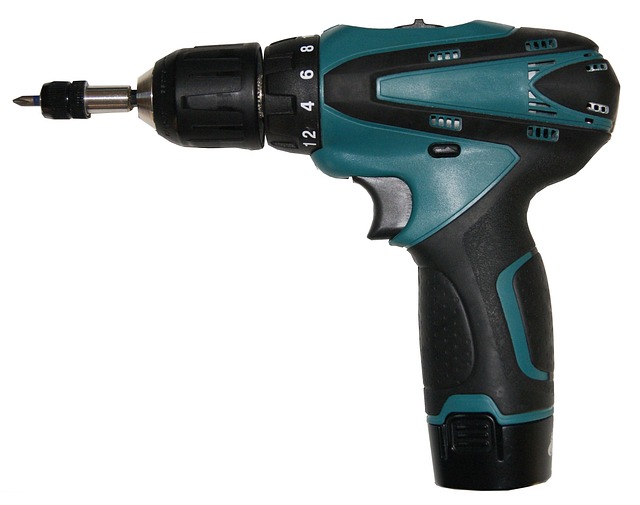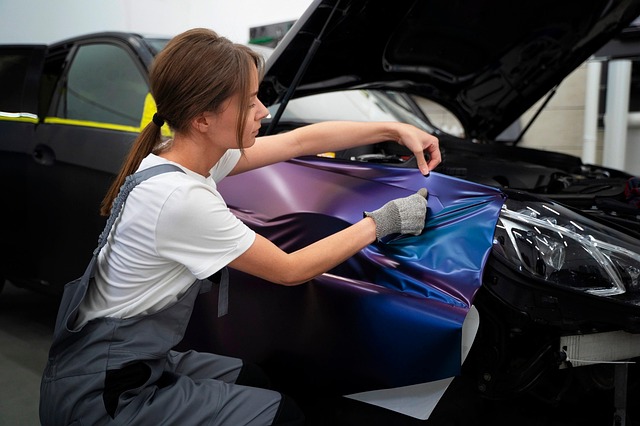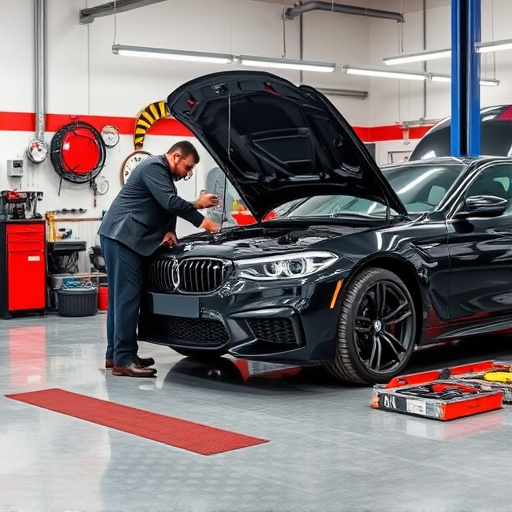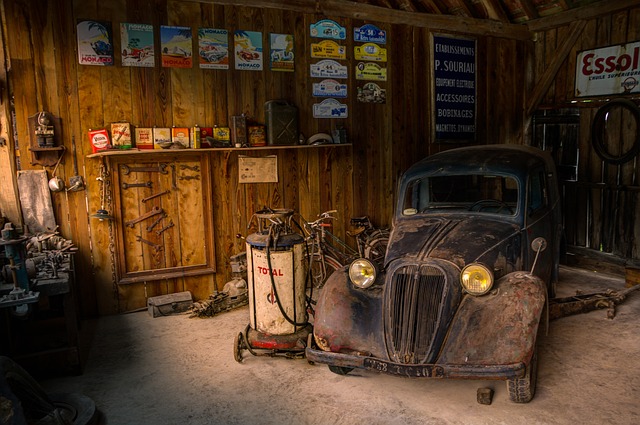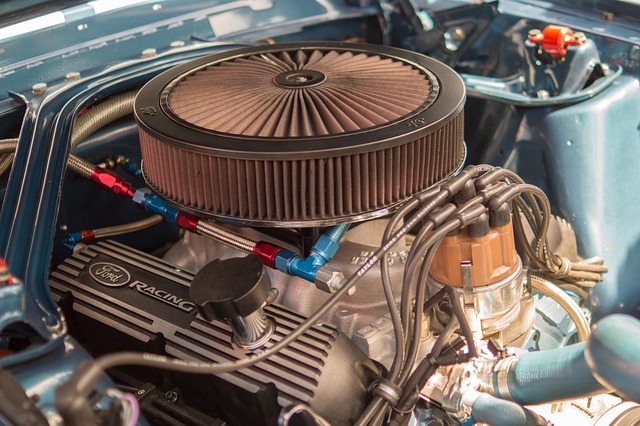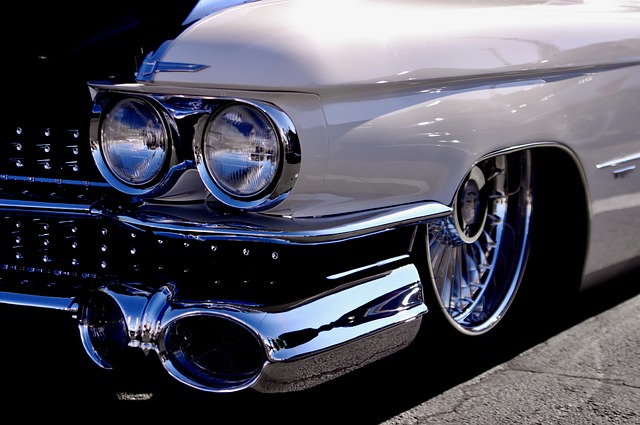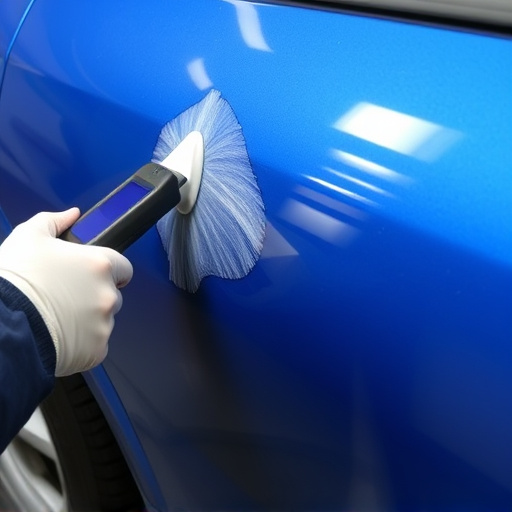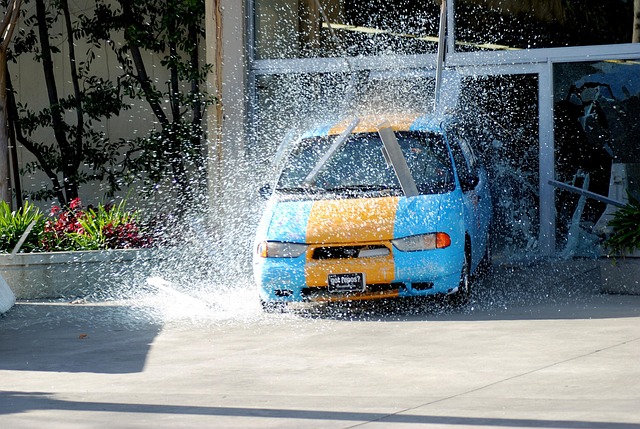Vehicle paint finishes deteriorate over time due to environmental factors and wear, leading to chips, cracks, fading, and loss of luster. Regular exposure to sunlight, extreme temperatures, pollutants, and minor accidents accelerate this process. Paint finish restoration involves techniques like sanding, priming, and repainting by body shops, reviving damaged surfaces and extending the lifespan of metal beneath. This method not only preserves aesthetics but also protects against environmental degradation, UV rays, and chemical exposure. Regular washing, waxing, and inspection are crucial for maintaining a vibrant, durable paint finish that enhances vehicle appearance and resale value.
Paint finish restoration is a vital strategy to extend the lifespan of your paint job. Over time, finishes degrade due to environmental factors and everyday wear and tear, leading to chipping, peeling, and loss of luster. This article delves into the science behind paint degradation, exploring how professional restoration techniques can revive and preserve your paint finish. We provide practical steps and insights for an effective restoration process, ensuring your painted surfaces remain vibrant and protected.
- Understanding Paint Finish Degradation Over Time
- The Role of Restoration Techniques in Preservation
- Practical Steps for Effective Paint Finish Restoration
Understanding Paint Finish Degradation Over Time

Over time, paint finishes on vehicles can degrade due to various environmental factors and wear-and-tear. This degradation often manifests as chips, cracks, fading, or a loss of luster, all of which weaken the protective barrier that prevents rust and other damage. Understanding this process is key to recognizing when paint finish restoration is needed.
Regular exposure to sunlight, extreme temperatures, pollutants, and even minor accidents can accelerate the deterioration. For instance, a small dent from a parking lot collision might seem harmless but can create a weak point in the paint that allows water and corrosion to penetrate, leading to rust spots over time. Body shop services specializing in paint finish restoration employ techniques like sanding, repainting, and clear coating to revive the protective layer, ensuring vehicles look as good as new and extending their paint life significantly. Consider a Mercedes-Benz repair as an example where meticulous restoration can not only restore aesthetics but also preserve the car’s value for years to come.
The Role of Restoration Techniques in Preservation

The role of restoration techniques in preserving paint finishes goes beyond aesthetics; it’s a vital strategy for extending the life of vehicles’ exterior surfaces. These methods, when applied by professionals offering auto repair services, can revive damaged or faded paint, revealing its former glory. Paint finish restoration involves meticulous processes such as sanding, priming, and repainting, tailored to specific needs like fender repair.
By carefully restoring the paint job, car paint services not only enhance the vehicle’s visual appeal but also protect the metal beneath from further deterioration. This preservation is crucial, especially for older vehicles or those with historical significance. Moreover, regular restoration can safeguard against environmental factors, UV rays, and chemical damage, ensuring the painted surface remains durable and vibrant over time.
Practical Steps for Effective Paint Finish Restoration

Restoring your paint finish is a crucial step in extending the life of your vehicle’s paint job. It involves more than just touch-ups; it’s a meticulous process that requires attention to detail and the right tools. To begin, inspect your car for any damage, from minor scratches to chips or dents. For shallow scratches, a compound and polish will effectively remove them, leaving a smooth surface. This step is especially vital for those seeking car scratch repair solutions.
Regular washing and waxing are essential auto body services that protect the paintwork. Wax creates a barrier against UV rays, environmental pollutants, and minor scrapes. Additionally, it reveals any existing damage, making it easier to detect issues early on. Remember, proper maintenance through these simple steps can significantly impact your vehicle’s overall appearance and resale value, ensuring your paint finish remains vibrant and durable for years to come.
Paint finish restoration techniques play a pivotal role in extending the lifespan of painted surfaces, ensuring they remain vibrant and protective. By understanding degradation processes and implementing effective restoration steps, you can preserve aesthetics and structural integrity for years to come. These practices are essential for maintaining not just the visual appeal but also the underlying value of various substrates, from homes to historical structures. Embrace these methods to give new life to old finishes, achieving both longevity and aesthetic excellence.
